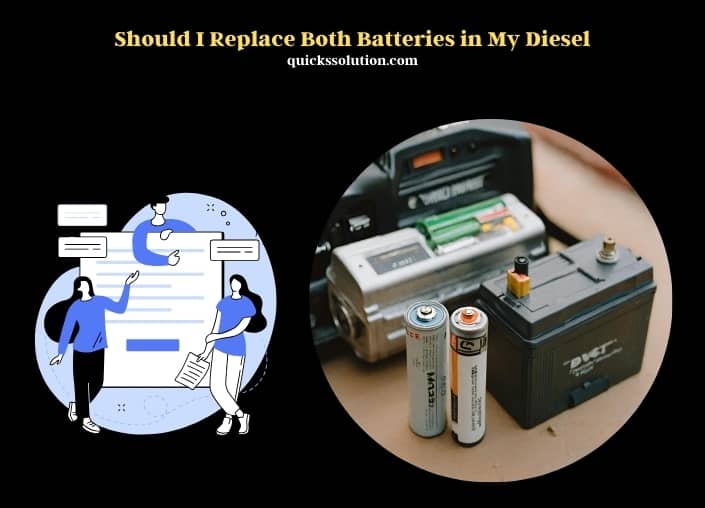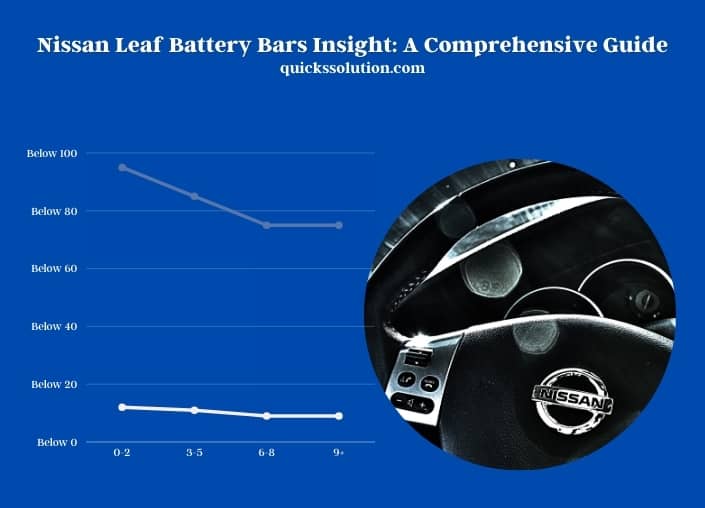When is Phasmophobia Coming to Xbox Series X? Here is the Truth!

Phasmophobia is an upcoming horror game for the Xbox One. The release date has not been announced yet, but the game is currently in Early Access on Steam. Phasmophobia is a first-person horror game that puts players in the role…











